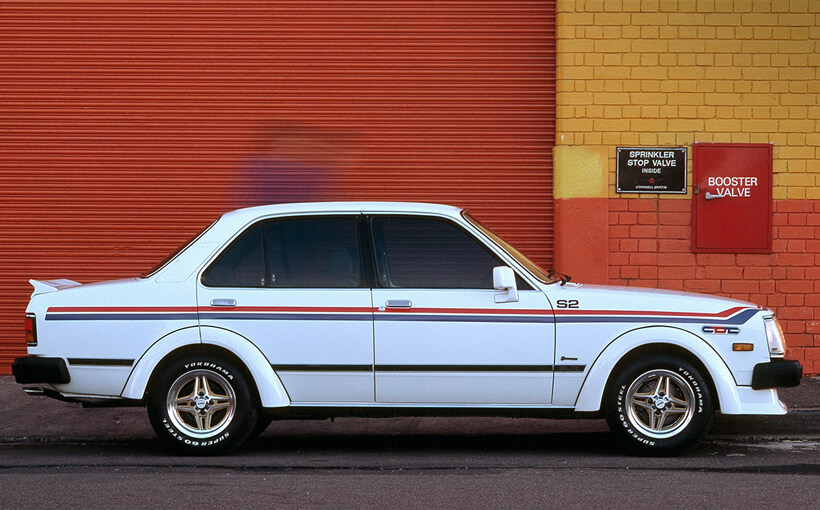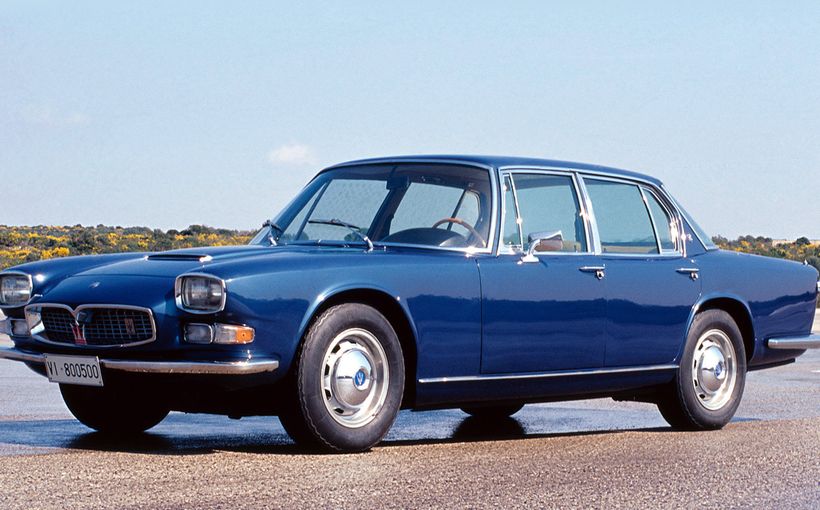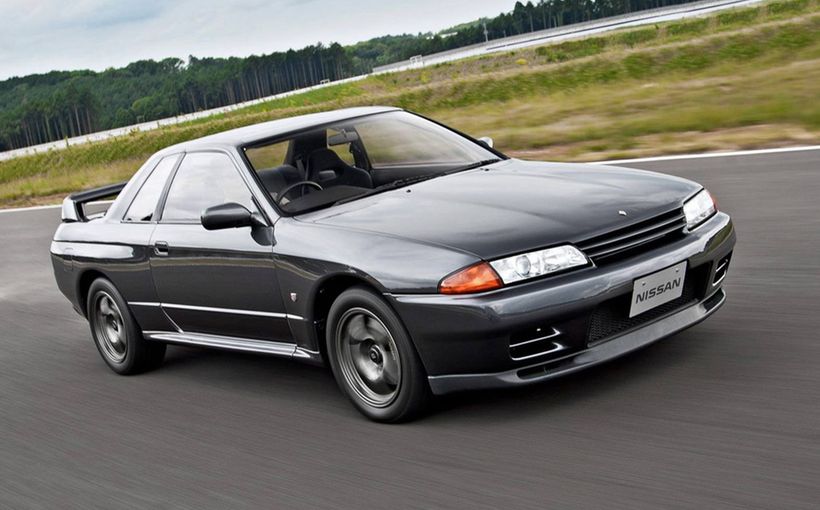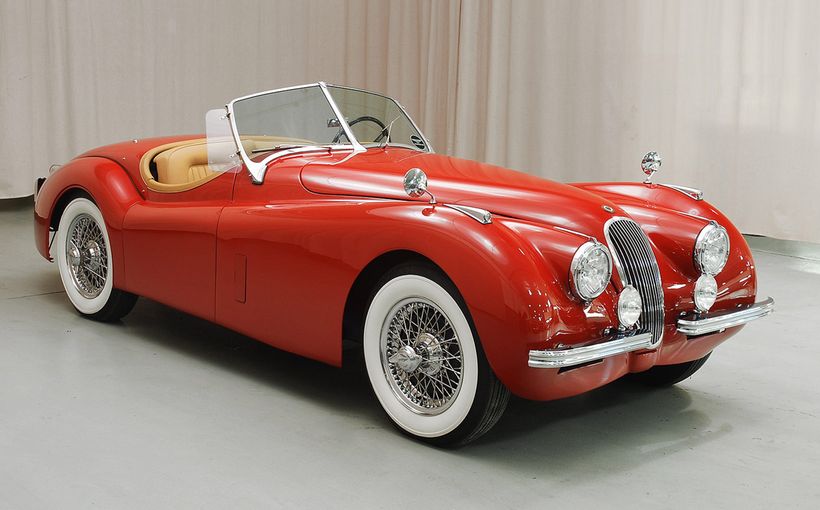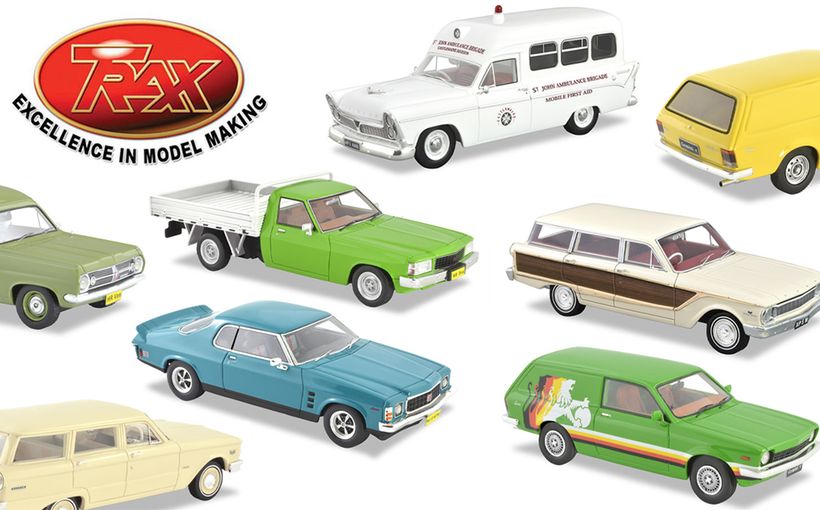Holden Gemini TE, TF, TG: last of the small rear-drivers

Holden's sales success with the rear-wheel drive Gemini now looks almost miraculous. When the 1975 original was launched, the world's automotive manufacturers had already begun what would soon prove to be a conclusive transition to front-wheel drive. But the Gemini stuck with the old configuration for a full decade. Not only the TX, TC and TD models, but also the TE, TF and TG were small rear-drivers. When the first and only front-wheel drive Gemini, the RB, finally arrived in 1985, there seemed to be about as much enthusiasm for it among Gemini loyalists as the Porsche 928 received from Porsche loyalists who reckoned the rear-engined 911 was the last true Porsche. There's no pleasing some people, it must have seemed to Holden’s product planners?
Another remarkable thing about the Gemini and even the RB model was how little its engine performance changed in 10 years. The capacity remained stubbornly at 1.6 litres and the engine of the SOHC variety. It may have been a key cause of the Gemini’s steady loss of popularity. As for the RB, there was simply never any real market taste for it; perhaps the phrase ‘rear-wheel drive’ had almost become a Gemini sub-brand. For the moment though, let’s consider the TE model, which arrived in October 1979, just months before Ford Australia began building its version of the front-drive Mazda 323, the Laser.

After four and a half years, the changes seemed modest, despite the Gemini having already appeared in four different model lineups. Some of its closest rivals showed a similarly glacial rate of real change: the rear-drive Corolla drives slowly into mind. The 1979 Gemini got a facelift with new front and rear styling, putting it broadly in line with the Commodore look. But the driving experience was more of the same, which was generally a good thing.
The Gemini was the best handling small car on the market once it got Radial Tuned Suspension (RTS) in 1978 (TD). But ADR27A anti-emissions legislation had brought a noticeable decline in performance. The TE Gemini's engine delivered just 50kW. While this compared favourably with the standard 1.6-Litre Ford’s 47, the Escort Mark 2 could be optioned up with a 70kW 2.0-litre unit for about $300 or much less than a five per cent premium.

Initially, the TE was offered in five variants – Gemini, Gemini SL, Gemini SL/X, wagon and van. All were available only with a four-speed manual gearbox. Then in 1981 came quite a surprise in the guise of the desperately underpowered diesel-engines variant with its fitting upper case ‘D’ for ‘Diesel’, certainly unique in Australia's small car market sector but also probably a niche in which very few buyers – with the exception of some rural customers – had any interest.

The Gemini Diesel made 40kW and a less depressing 105Nm of torque. The peak torque was almost identical to the petrol engine’s but usefully lower in the rev range. Perhaps the diesel variant would have been better than the petrol car at carrying a full complement of well-fed farmers but my April 1981 edition of Wheels magazine records a zero to 80km/h time of 15.2 seconds, meaning that a diesel Gemini would have out-accelerated my 1960 Fiat 1100 to this speed by 0.6 of a second. It reached 110 in 30.7 seconds, which was eight seconds faster than the 1966 Peugeot 404 my father bought in 1967 (and which I later owned). The standing 400m took 22.8 seconds.
By comparison the petrol Gemini accelerated to 80 in 10.2 and did the 400 in 19.9, barely average for the class.
The Diesel came to market at $7489 when the standard Gemini cost just $5693. It would have taken several years of hard driving to get the extra expense back in fuel savings. (Wheels' tester, Chris Gribble, said that in back to back testing against a petrol Geminis it gave savings of at least 30 per cent.)

In my story for Shannons Club on the VC Commodore, I said that it told us more about the times than any other car, the times being the immediate aftermath of the second fuel crisis. Perhaps I was wrong on that score. Perhaps the Gemini Diesel told us the most. Chris Gribble in his aforementioned road test found a positive spin:
The Gemini Diesel is a car that is going to trouble a lot of people. Its price is right in its league and if fuel pessimism continues to grow as it has in the last couple of years it is the type of car that will come into its own....
It needs to be said, though, that finding distillate remains a tricky business around the city but if you have a leaning towards oil-burning cars and a fondness towards savings at the pump, the Gemini Diesel is a real contender for your money.
As well as being painfully slower, the Diesel was also less fun to drive. The heavier engine upset the handling balance slightly. To compensate for extra weight in the steering, the ratio was changed and the Diesel required four full turns lock to lock rather than 3.5. Power steering? Forget it. In 1981 this feature was rare in medium sedans and almost unheard of in the Gemini class!

The Gemini was already driving slowly in small numbers down Australian roads when its polar opposite in the guise of the CDT (for Country Dealer Team) Geminis were launched in the spring of 1981. Racing driver, James Faneco, came up with the idea of doing for Geminis what the Holden Dealer Team was doing for Commodores. The CDT Gemini was offered in two versions, both of which were based on the topline SL/X but with additional gauges and a leatherbound sports steering wheel. The ‘Stage One’ version promised 15 per cent more power while the Stage Two took this to 65 per cent, translating to a standing 400m time of 16.4, equal to an HDT Commodore automatic.
The Stage Two CDT Gemini got a fully blueprinted and balanced engine with dual 40mm downdraught Weber carburettors on a special Isuzu manifold. There was a special camshaft grind and new valves. Faneco reckoned the car’s 90kW was just four shy of his race car.
With suspension stiffened to suit racing, the ride was certainly on the firm side. But what a great little jigger. It was like a Datsun 1600 taken to the max but 13 years down the road and wearing a Holden badge proudly. We’d love to know how many of these wonderfully reimagined Geminis exist today.
In the first quarter of 1982 the TF range was launched. The most obvious change was a new instrument panel. Importantly, thinner body panels which were galvanised brought minor weight savings but better corrosion resistance. After debating the merits of the new fascia, Mike McCarthy wrote in his test (Wheels, June 1982):
And there’s a crunch. Full of brio as it is in handling and steering, and blessed with a sweet-shifting if irritatingly noisy gearbox, the Gemini doesn’t Go. Oh, it cruises well enough when wound up, but it takes its time getting there. The engine’s to blame because it’s plainly week-kneed for a 1600. Mechanically it’s the same as before but now uses a belt-driven pump to inject air into the exhaust ports for reduced exhaust pollution. Whatever its benefits in that direction, the air injection system hasn't improved the engine’s already modest performance. Indeed, a little less power and torque are specified for the TF than its non-pumped predecessor.
McCarthy went on to declare it ‘one of the slowest 1600s on recent record...’
Other TF changes included a new rear panel with horizontally ridged taillights (like those on the VH Commodore) and – SLX only – Commodore-like quartz headlights, as well as plastic bumpers.
McCarthy concludes:
On the price front, it’s not a bargain but is competitive. Besides which, and in spite of so-so performance, you can’t help but enjoy driving it. That, really, is what the Gemini is all about and that’s why it can still show its rivals a trick or two about staying near the top of the class.
The last of the rear-wheel drive Geminis arrived in March 1983, already almost as anachronistic as, say a wrist watch on Charlton Heston in Ben Hur. All of its rivals had gone to front-wheel drive. The new steering wheel had two spokes as before but they now angled down steeply towards the base of the rim, as if in imitation of the VH Commodore SL/E's Citroen-esque single-spoker. This somewhat stylish wheel was repositioned to be more square-on to the seat.

Probably the highlight of the TG range was the inclusion of a supposedly sporty ZZ/Z variant complete with bodykit and white alloy wheels but not one additional kilowatt. It was to the Gemini what the TR/X would later be to the Pintara or even what the S Pak would be to the XF Falcon: all show and no more go.
There were various limited edition Geminis such as the Sandpiper and the Gyspy van, most of which are collectible these days, perhaps especially the Gypsy.

Then, belatedly, in mid-1985 came the first and last front-wheel drive Gemini, the RB model. The RB was offered in four-door sedan form only. There was a fleet-only SL plus SL/X and SL/E. Where previous Geminis had been built in the Acacia Ridge plant in Brisbane, the RB was produced (like the Commodore) in Elizabeth. The closure of Acacia Ridge in 1984 spelt the end not only of the rear-wheel drive Gemini but also the Kingswood-based Statesman De Ville and Caprice models.

But the total sales volume was a dismal 16,263 and the Gemini badge slipped quietly off the market, probably forever, in 1987. An obvious issue was that just as the popularity of hatchbacks was soaring, Holden could not offer the once-so-popular Gemini in this guise. In the early years the coupe proved an attractive alternative to the sedan but by the time the RB arrived, hatchbacks were outselling notchbacks in the small car market.
It now seems almost as if this little Holden was never really meant to be anything other than rear-wheel drive. In summary, the TE, TF and TG Geminis were quite good cars and enthusiasts relished what the late Bill Tuckey would have called their ‘chuckability’ (as I recall, Bill coined this term in the mid-1960s, probably to describe the HR Holden’s handling). They had character and it was most disappointing that they were all somewhat underpowered. The fact that the original 1975 TX was something of a high performer in the 1.6 litre class and probably went slightly harder than the TG suggests that while the world had moved on considerably in nine years, the Gemini had not. But as more time passes, this last of the small rear-drive sedans will surely be more cherished.




